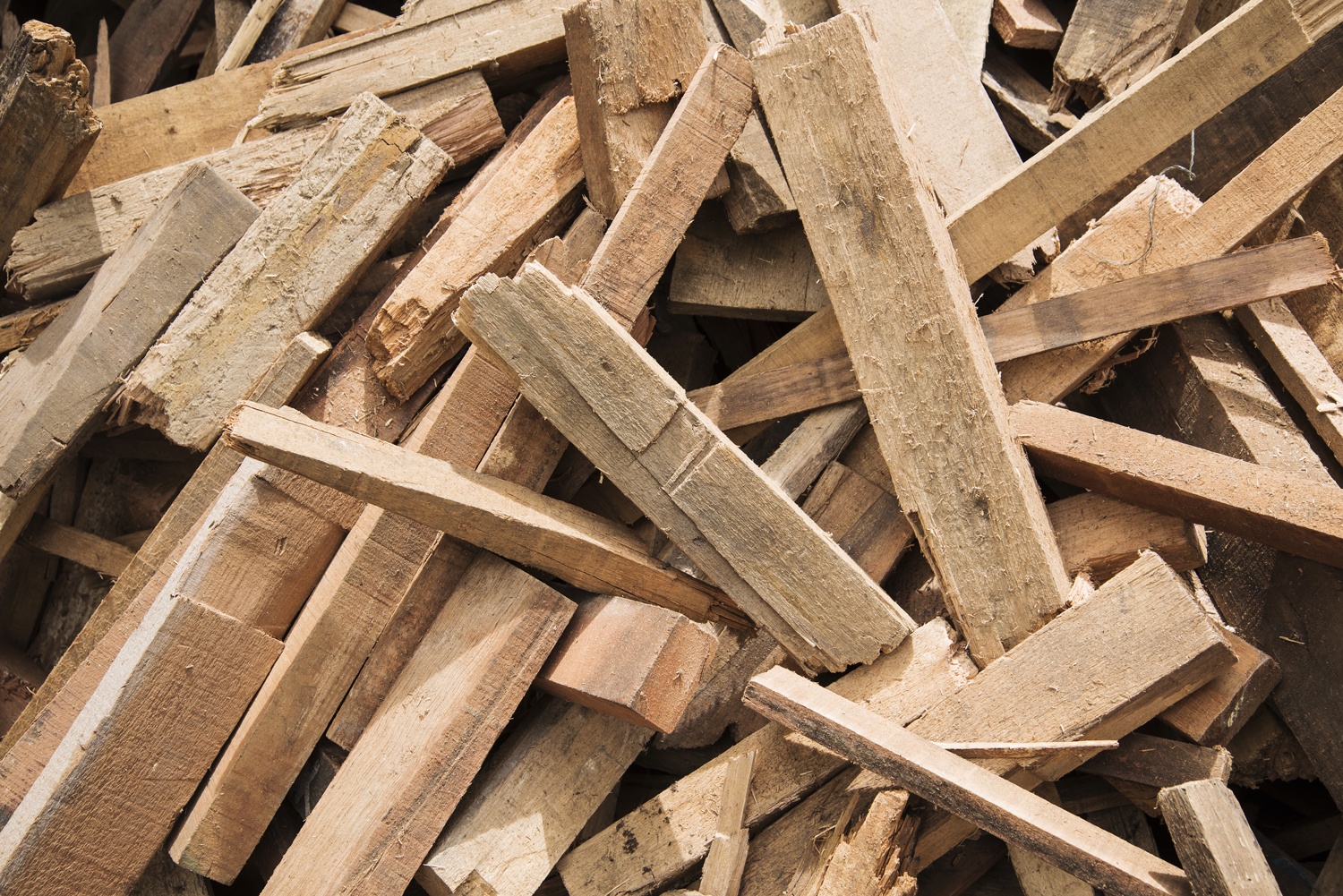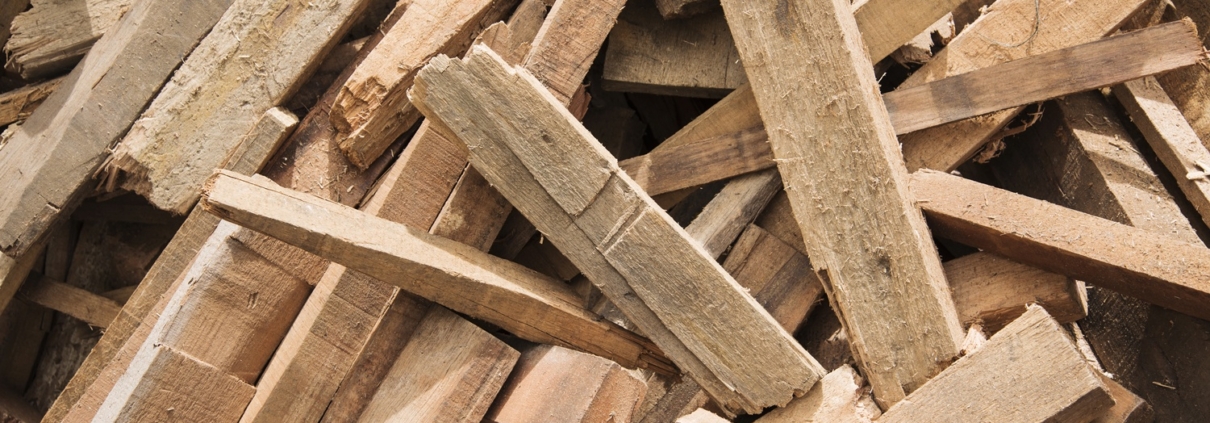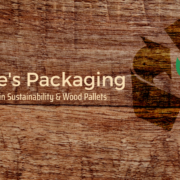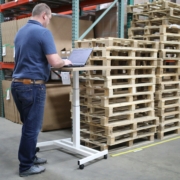How Wood Pallets are Recycled into New Products

Wood pallets are highly sustainable, in part because of their high rate of recyclability. According to the latest research available, 508 million wood pallets are produced annually in the U.S. each year, while only 25 million of them end up in landfills, down from 178.5 million in 1998.
Old wood pallet material is utilized in many creative ways. With a laudable recycling rate of 95%, most end-of-life wood pallets are processed to create other products. Recovered lumber is used for pallet repair or re-manufactured pallet components as well as other purposes, while unusable lumber is reduced to fiber for many applications.
This approach improves the economics as well as the sustainability of pallet recycling. Recovered wood is much less expensive than virgin material, and as such, it provides cost advantages versus new components both for repair as well as pallet re-manufacturing.
There are also sustainability advantages associated with this practice, known as “cascading use”. Cascading use refers to the method of recovering material for the next most valuable alternative – such as pallet boards, and eventually, fiber. This approach reduces the carbon footprint impact at each stage of use thanks to recycled material availability, which is much less carbon-intensive to produce than virgin fiber alternatives.
Here is what happens to end-of-life pallets:
Recovered pallet repair components
When pallets are too severely damaged to repair, or they are not a popular size, pallet recyclers typically dismantle them using a bandsaw dismantler. Broken components are sent to the grinder, while pallet recyclers use intact pallet boards or stringers to repair other pallets.
Recovered components used to build combo or re-manufactured pallets
Recyclers also use intact recovered pallet components in the assembly of combo or re-manufactured pallets. The variability of sizing in recovered pallet boards and stringers makes them more challenging to work with than new material. Increasingly, the pallet industry is turning to automated nailing systems as well as lumber sizing and sorting machinery to enhance the efficiency of re-manufacturing.
Recovered solid wood used for upcycling crafts or architectural projects
Old pallets have become extremely popular for upcycling arts and crafts projects, as well as pallet art. Architectural trends such as industrial chic embrace the look of weathered pallet wood material. As a result, some pallet recyclers are also now selling recovered pallet lumber to home builders for installations such as feature walls.
Fiber used to manufacture new products
Where nearby manufacturing plants exist, fiber can be utilized in wood composite products such as particleboard and fiberboard sheets for construction, and as filler in absorbent socks for spill containment. Wood fiber is also used in material handling products such as wood composite pallet blocks, molded wood plugs and pallets.
Fiber for mulch, bedding, and soil amendments
Popular applications for recycled fiber including colored landscaping mulch as well as animal bedding and soil amendments. A soil amendment is when wood fiber is added to soil to improve its water retention, permeability, water infiltration, drainage, and aeration. The goal of a soil amendment is to create a better environment for roots to take hold within the soil.
Fiber for biomass
Wood fiber is used as boiler fuel as well as in other applications to generate energy. Aside from bulk fiber, wood fiber can also be compressed or densified into more compact products such as pellets, cubes, briquettes or fire-logs. Densified products have a higher value and are more economical to ship a greater distance.
Fiber for emerging applications
Ongoing research continues to uncover new applications for wood fiber, while other markets are anticipated to grow. Fiber applications expected to play a larger role in the future include biochar, a soil amendment utilizing charcoal, and cross-laminated timber (CLT). CLT involves the usage of smaller pieces of wood to manufacture larger panels.
The discussion above illustrates how pallet recycling follows the cascading use principle, utilizing material for its next most valuable use, whether as pallet boards, feature walls, or several fiber products. Such an approach optimizes the economic value of wood while enhancing its sustainability story.












